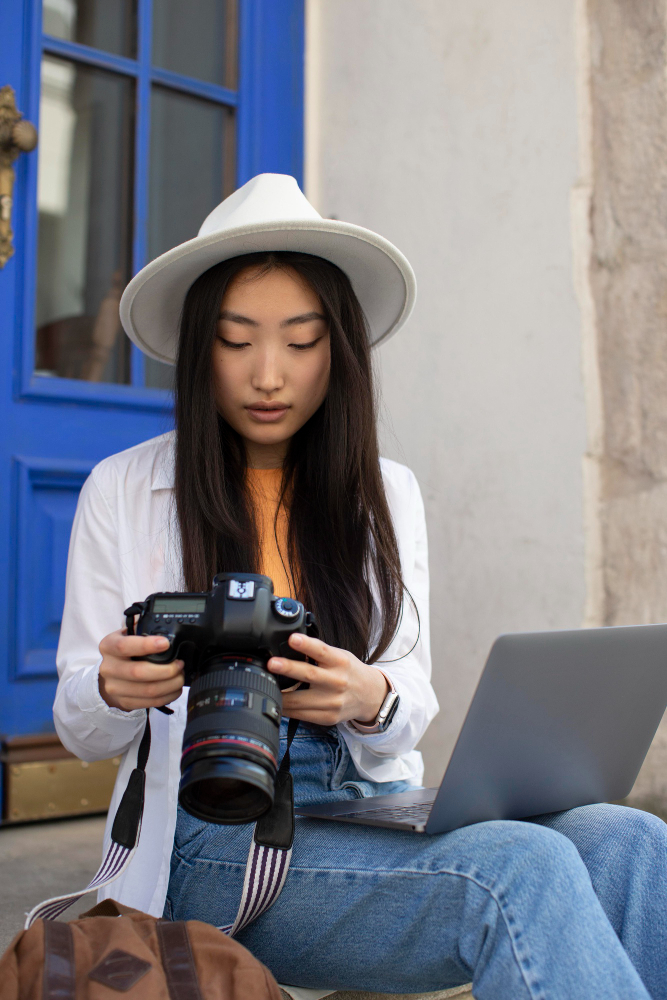Wildlife Photography Tips and Tricks: Secrets to Capturing Great Wildlife Photos

Are you in need of some wildlife photography tips and tricks to help you capture all those amazing images in the wild? If you are in the process of developing your skills along these lines, then you probably need all the help you can get to master the techniques involved in wildlife photography.
Wildlife Photography Tips for Beginners
Before venturing out to the great outdoors, here are some wildlife photography tips every beginner should consider:
The DSLR is your best friend. If you want to be successful in your endeavors, then you should definitely use a DSLR. This is one of the most important wildlife photography tips I can ever give you. There is simply no place for a digital point-and-shoot camera in wildlife photography. It just wouldn’t give you enough flexibility to frame your shots the way you want it.
Use the right lenses. Wildlife photographers should always use a telephoto lens. This can help you capture amazing shots at a distance while ensuring your safety at all times. Remember, animals in the wild are not comfortable being too close to a human so keep your distance. Keep yourself protected at all times.
Use the best camera settings. To freeze fast-moving animals in mid-motion, set your shutter speed at about 1/500th of a second. However, you may need to set your shutter speed at about 1/1000th to 1/2000th of a second to effectively catch extremely fast-moving animals in motion. You can also choose to freeze action and blur it at the same time to indicate movement. You can do this by setting your camera at a slower shutter speed and using your flash as you take your shots.
Consider using a tripod to stabilize your shots. To avoid ruining your shots due to camera shakes, consider using a tripod. You’ll be glad you did.
Capture interesting action shots. While both portrait shots and behavior photos are equally fun to take, capturing action and behavior shots are more interesting since they provide a valuable insight on how animals act in their natural surroundings. To increase your chances of capturing such amazing photos, check your exposure by taking several test shots of the scene before your subject even comes into the picture. As soon as the subject enters the scene, start shooting action sequences using the continuous mode.
Tip: When shooting action sequences, it is better to save your image as JPEG files to prevent your camera from locking up at the peak of the action. You may also want to use fast saving memory cards to achieve this purpose.
Focus on the eyes. Keep in mind that focusing on your subject’s eyes creates a more interesting shot.
Observe the Rule of Thirds. Give your viewer the chance to look around to see if there are other areas of interest by putting your main subject slightly off the center of the frame.
Do your research. To be successful in wildlife photography, you need to know where to find your subjects. Additionally, you need to understand your subjects’ behaviors. What is the best time to catch them in action? How do you capture them in their natural hunting and/or feeding behavior? Do a quick online research or read books about your subjects. It really pays to know them before venturing into the wild.
Wear proper attire. Keep yourself protected from all the elements by wearing the proper attire. Wear lightweight clothing materials if you are shooting in subtropical climates and wear sturdy water shoes instead of flip-flops if you need to wade in and out of the water. Consider investing in backpacks and vests that are specially made for carrying your cameras and other shooting gears.
Be patient. There are times that you have to wait for quite some time to get the shot you want so bring a lot of patience with you wherever you go, okay?
Make practice your ally. In wildlife photography, it is simply not enough to know the proper techniques. You need to experiment and see what works best for you.
Putting these wildlife photography tips and tricks into action the next time you go on a wildlife photo shoot can help you hone your skills and perfect your craft so don’t hesitate to use them!
Have a great wildlife photo shoot,
Ray Baker

